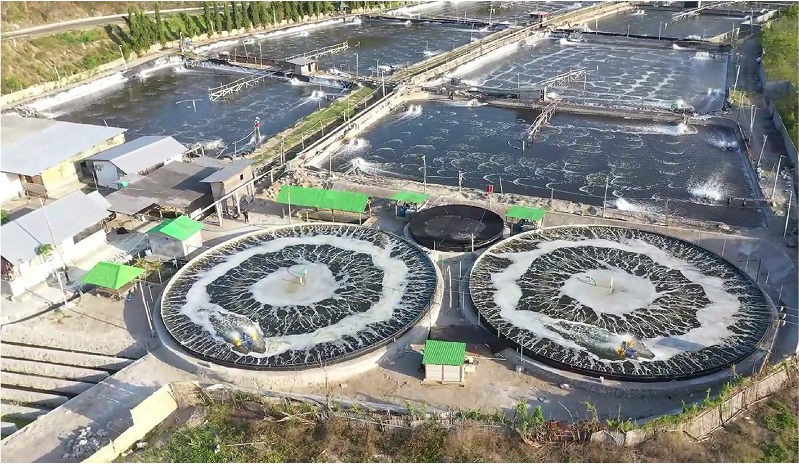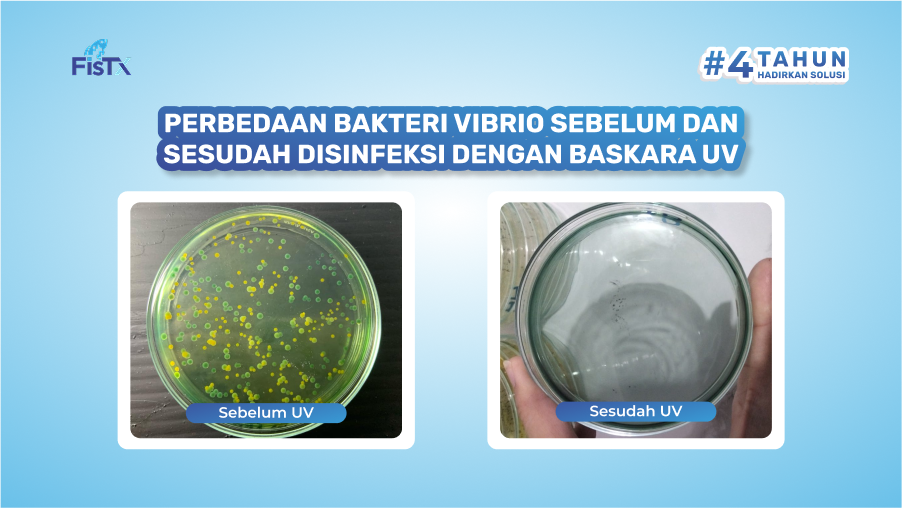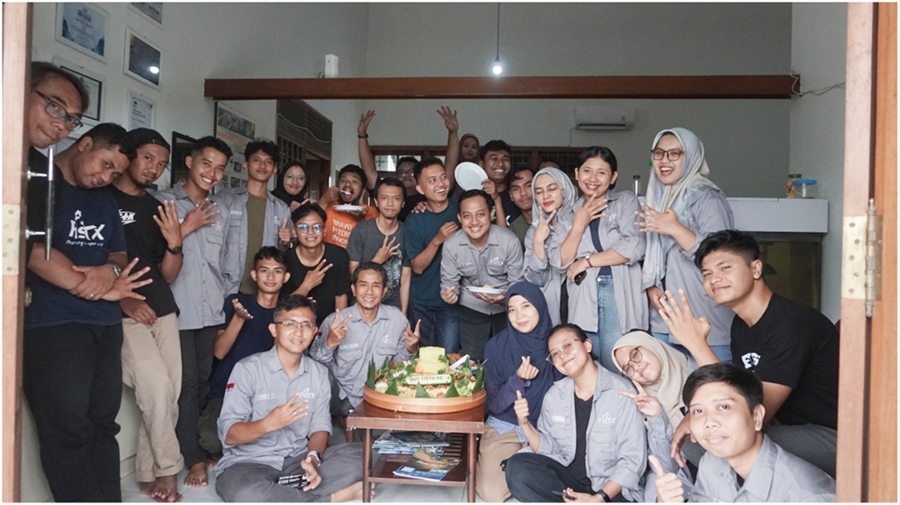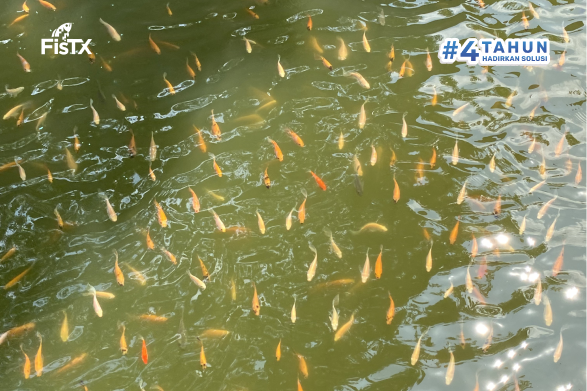
3 Steps to Maintain a Shrimp Farm Ecosystem for More Stable
The aquatic ecosystem is a crucial aspect of vannamei shrimp farming, particularly in maintaining water quality parameters, plankton abundance, bacteria, and the shrimp itself. A well-balanced aquatic ecosystem supports stable microbial abundance, prevents disease outbreaks, and enhances shrimp farming productivity.
Microbes play an essential role as they can have both positive and negative impacts on vannamei shrimp farms. For instance, the bacterium Vibrio parahaemolyticus is the primary cause of Acute Hepatopancreatic Necrosis Disease (AHPND), which affects the shrimp's hepatopancreas. If the aquatic ecosystem becomes unstable due to high ammonia levels from uneaten feed and shrimp waste, the abundance of V. parahaemolyticus will also increase significantly.
This is why proper ecosystem management is crucial in shrimp farming. The goal is to optimize water quality parameters, stabilize microbial composition, and reduce disease outbreaks.
So, what simple steps can be taken to maintain the shrimp farm ecosystem?
Baca juga : Kenali Penyakit EHP, Cara Pencegahan dan Pengobatan
1. Regular Probiotic Administration
Probiotics are beneficial bacteria that support aquaculture commodities. Probiotics such as Bacillus sp. and Lactobacillus sp. produce antimicrobial compounds that inhibit the growth of harmful bacteria like Vibrio sp. Competition for space and nutrients makes it difficult for pathogenic bacteria to thrive, thereby suppressing their growth in the water.
Probiotics also help break down leftover feed, shrimp waste, and other organic materials. This process prevents the accumulation of ammonia (NH₃), nitrite (NO₂⁻), and nitrate (NO₃⁻), which can be toxic to shrimp.
Administering probiotics as a feed additive also aids shrimp digestion. When probiotics enter the shrimp’s digestive system, they enhance nutrient absorption, improve immunity, and accelerate growth. This makes shrimp more resilient to environmental stress and diseases.
2. Proper Feed Management
Excessive feeding leads to uneaten feed accumulating at the pond bottom, where it decomposes and becomes a source of harmful ammonia and nitrite. Excess organic matter can also trigger an outbreak of pathogenic microorganisms, such as Vibrio sp., which can disrupt the pond ecosystem balance.
Excess feed can also cause uncontrolled algae growth (algae bloom). When plankton dies in large quantities, its decomposition depletes oxygen levels and disrupts microbial balance in the water.
Several methods can be used for feed management in shrimp ponds, two of which are:
a. Feeding Table Calculation
A feeding table is a guideline for feeding based on shrimp size and age. This method allows farmers to follow a recommended schedule and feed quantity according to the shrimp’s growth phase. The feeding table helps prevent overfeeding, which can pollute the water and increase disease risks while ensuring that shrimp receive adequate nutrition for optimal growth.
b. Feed Conversion Ratio (FCR) Calculation
The FCR method compares the amount of feed given to the weight gain of shrimp. The lower the FCR value, the more efficient the feed usage in shrimp farming. Good FCR management involves monitoring feed quality, shrimp health conditions, and pond environment stability.
3.Safe Disinfectant Usage

Disinfectants play a crucial role in maintaining microbial balance in pond water by controlling pathogens without harming beneficial microbes. Shrimp pond water may contain pathogenic bacteria such as Vibrio sp., viruses, and fungi that cause diseases.
If left unchecked, these pathogenic microbes can multiply and disrupt the balance of beneficial microorganisms. New water entering the pond may introduce foreign microbes that could alter the microbial equilibrium. Water changes without disinfection can stress shrimp and increase disease risks.
How to Implement Environmentally Friendly Disinfection?
Before water is used in Vannamei shrimp ponds, it must undergo disinfection to reduce pathogenic bacteria like Vibrio sp. Many farmers still use chemical disinfectants such as chlorine.
However, chemical disinfectants can leave harmful residues and negatively impact the environment. In sustainable aquaculture practices, using safe and appropriate disinfection methods is essential from the start.

You can use Baskara UV as an environmentally friendly disinfection tool, as it utilizes UV light to eliminate pathogenic bacteria in shrimp ponds. Additionally, Baskara UV effectively eliminates 98% of pathogens, reducing the risk of disease outbreaks in your pond.
So, what are you waiting for? Ensure the safety of your shrimp pond with better water preparation / (RAR)


